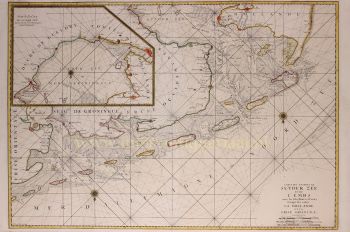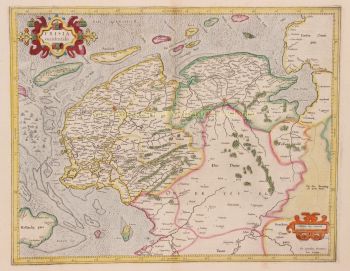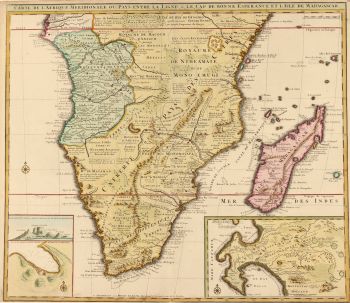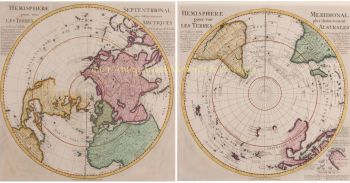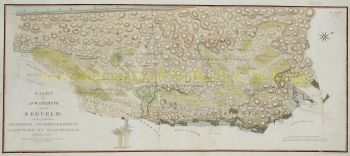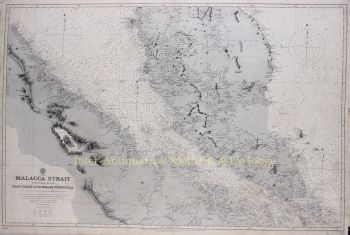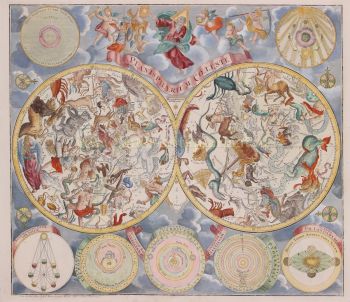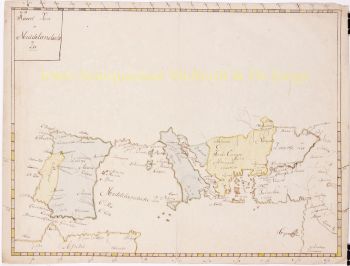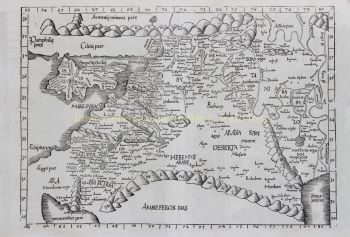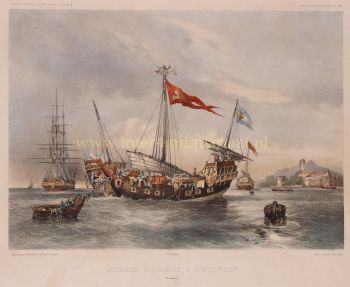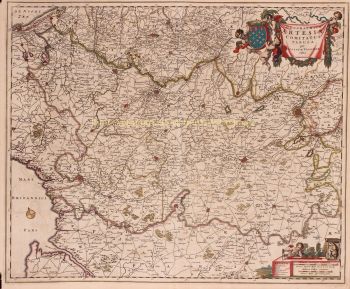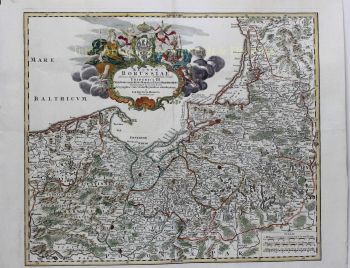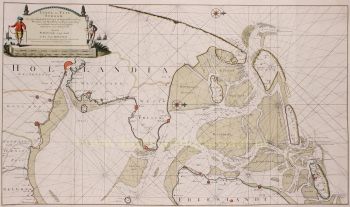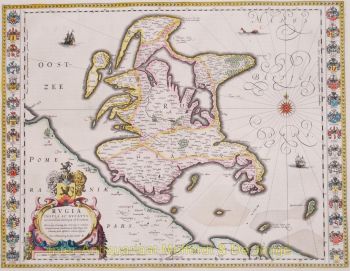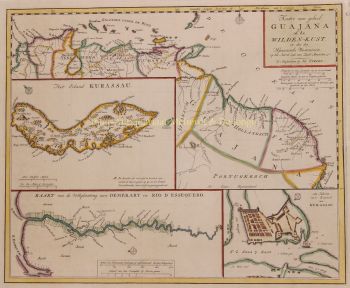About the artist
The first Pieter Mortier (Leiden, 1661 – Amsterdam, 1711) was the son of a political refugee from France, and became a mapmaker and engraver. He travelled to Paris in 1681–1685, then returned to Amsterdam where he operated as a bookseller from 1685 until 1711.
He won the privilege in 1690 of publishing maps and atlases by French publishers in Amsterdam for the Dutch market. He used this privilege to win a similar set of privileges for printing an "illustrated print bible" in 1700. Also known as "Mortier's Bible" (Dutch: Mortierbijbel or Prentbijbel Mortier), this book's official name was Historie des Ouden en Nieuwen Testaments, verrykt met meer dan vierhonderd printverbeeldingen in koper gesneeden ("History of the Old and New Testaments: enriched with more than four hundred printed illustrations cut in copper").
In Amsterdam, he was located at Middeldam, 1685–1686, and then at Vijgendam, 1686–1711. His sign board was "Stad van Parijs" between 1685 and 1700. He was known to have used a fictitious publishing address in Antwerp and also in London. The Short Title Catalogue Netherlands attributes the publication of 261 titles to Pieter Mortier I.
During the first decade of the eighteenth century, Mortier challenged the Huguenot Estienne Roger for domination of the polyphonic sheet music market by implementing a price war.
He married Amelia 's-Gravensande (1666–1719), who, as a widow, ran his publishing business until her death. The couple had two sons, Pieter Mortier II (see below) and Cornelis Mortier (1699–1783), who in partnership with Johannes Covens I (1697–1774) began the map publishing company Covens & Mortier (1721–1866) that became the largest cartographic publisher in the eighteenth century.


